Solar energy is one of the most abundant and sustainable power sources on Earth, harnessing the sun’s rays to generate electricity. But how does this process actually work? It all starts with photovoltaic (PV) cells, which are the building blocks of solar panels. These cells capture sunlight and convert it into direct current (DC) electricity through a process called the photovoltaic effect. However, since most homes and businesses use alternating current (AC) electricity, this power needs to go through an inverter to become usable.
Once converted into AC power, the electricity generated by solar panels can be used immediately, stored in batteries, or even sent back to the power grid. This flexibility makes solar energy an efficient and cost-effective solution for both residential and commercial applications. On cloudy days or at night, homes equipped with solar battery storage can still access stored energy, reducing dependence on traditional electricity sources. In many cases, excess energy produced during the day can be sold back to the grid, further lowering electricity costs.
Beyond just solar panels, large-scale solar farms use concentrated solar power (CSP) systems, which focus sunlight using mirrors to create heat that powers steam turbines. This method is particularly effective for large energy production, helping to power entire cities with clean, renewable energy. Whether used for a single home or an entire grid, solar energy is paving the way for a more sustainable future by providing a reliable and environmentally friendly alternative to fossil fuels.
What Is Solar Energy and How Is It Generated?
Solar energy is the most powerful and abundant source of renewable energy available to us. Every day, the sun emits an enormous amount of energy, enough to power the entire planet multiple times over. By harnessing this natural resource, we can generate clean, sustainable electricity without depleting fossil fuels or harming the environment. But how do we actually turn sunlight into usable power? The answer lies in cutting-edge technology that captures and converts the sun’s rays into electricity.
At the heart of solar energy generation are photovoltaic (PV) cells, which are the building blocks of solar panels. When sunlight hits these cells, it excites electrons, creating an electrical current through a process known as the photovoltaic effect. This current is initially in the form of direct current (DC) electricity, which then passes through an inverter to be converted into alternating current (AC)—the type of electricity used to power homes and businesses. In larger energy systems, like solar farms, excess electricity can be stored in batteries or sent back into the grid, ensuring a continuous and stable power supply.
Beyond photovoltaic panels, solar energy can also be generated through concentrated solar power (CSP), which uses mirrors to focus sunlight onto a receiver. This intense heat is then used to produce steam, which drives turbines to generate electricity. Whether through PV panels or CSP plants, solar energy is proving to be one of the most promising and scalable solutions for a cleaner, more sustainable future. With technological advancements improving efficiency and affordability, the transition to solar power is no longer just a dream—it’s happening now.
How Do Solar Panels Convert Sunlight into Electricity?
Solar panels work like magic, but behind that magic is an incredible scientific process that turns sunlight into usable power. The key to this transformation lies in photovoltaic (PV) cells, which are made of semiconductor materials like silicon. When sunlight hits these cells, it excites electrons, creating an electric current. This process, known as the photovoltaic effect, is the foundation of solar energy generation. However, the electricity generated at this stage is in direct current (DC) form, which needs to be converted into alternating current (AC) using an inverter so it can be used in homes and businesses.
Key Steps in Solar Energy Conversion:
- Sunlight Absorption – Solar panels capture sunlight through photovoltaic cells.
- Electron Excitation – Sunlight excites electrons, generating an electric current.
- DC Electricity Generation – The initial electrical current is in direct current (DC) form.
- Inverter Conversion – An inverter transforms DC power into alternating current (AC).
- Power Distribution – The converted electricity is used, stored, or sent to the grid.
What makes this process even more remarkable is its sustainability—solar panels generate electricity without producing emissions or consuming fuel. As solar technology continues to advance, efficiency is improving, making solar energy an increasingly accessible and cost-effective option. With the right setup, solar power can provide a reliable and renewable energy source for decades, reducing both carbon footprints and electricity bills.
How Do Solar Batteries Store Energy for Later Use?
Solar batteries are the key to making solar power available even when the sun isn’t shining. These energy storage systems work by capturing excess electricity produced by solar panels during the day and storing it for later use, such as at night or on cloudy days. Instead of sending all the generated power to the grid, solar batteries allow homeowners and businesses to become more energy-independent, reducing reliance on traditional power sources. The stored electricity can be used whenever needed, ensuring a steady and uninterrupted supply of renewable energy.
How Solar Batteries Store and Deliver Energy:
- Energy Capture – Solar panels generate electricity, and excess energy is sent to the battery instead of the grid.
- Battery Storage – The energy is stored in the form of direct current (DC) within the battery cells.
- Inverter Conversion – When needed, the stored DC power is converted into alternating current (AC) for home or business use.
- Backup Power Supply – During power outages or peak demand, the battery automatically supplies stored energy.
- Grid Independence – In some systems, users can disconnect from the grid entirely and rely solely on battery storage.
Modern solar batteries, such as lithium-ion and lead-acid batteries, are designed for efficiency and longevity, with many lasting over a decade. With advancements in battery technology, homeowners can now optimize their solar energy use, lower electricity costs, and even sell excess power back to the grid. As energy storage solutions continue to improve, solar batteries are becoming a crucial part of the transition to a more sustainable and resilient energy future.
What Are the Differences Between On-Grid and Off-Grid Solar Systems?
When it comes to solar energy, one of the biggest decisions homeowners and businesses face is whether to choose an on-grid or off-grid solar system. Both options provide clean, renewable energy, but the way they function and their benefits vary significantly. While on-grid systems are connected to the utility grid, allowing users to draw and feed energy as needed, off-grid systems operate independently, relying on batteries for energy storage. Choosing between the two depends on energy needs, location, and budget.
On-grid solar systems are the most common choice for urban areas where a reliable electricity grid is available. These systems allow homeowners to use solar power during the day and pull additional energy from the grid when needed. Excess electricity generated can be sent back to the grid, often resulting in credits through net metering, which helps lower energy bills. On the other hand, off-grid systems are entirely self-sufficient, storing excess energy in solar batteries for use at night or during cloudy days. They are ideal for remote locations where access to the utility grid is limited or nonexistent.
The choice between on-grid and off-grid solar ultimately comes down to independence versus convenience. On-grid systems provide financial savings and a seamless connection to electricity, but they are dependent on the grid’s stability. Off-grid setups offer complete energy independence, but they require a larger investment in battery storage to ensure a continuous power supply. As battery technology improves and solar energy becomes more efficient, both options are becoming increasingly viable for those looking to embrace renewable energy.


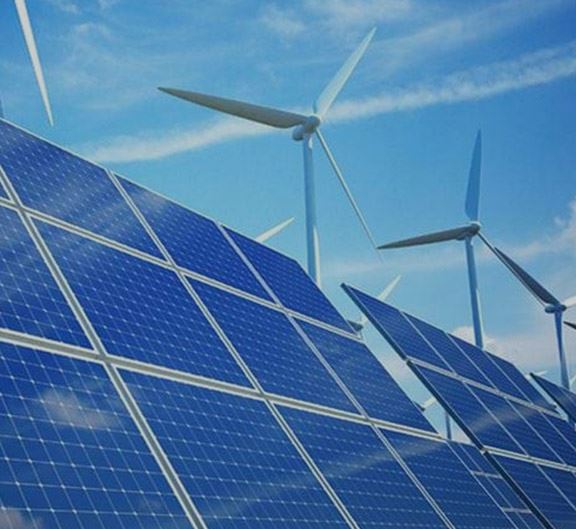

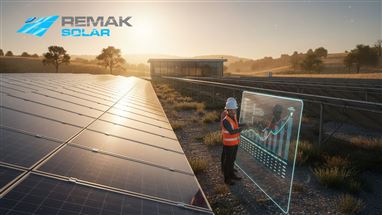
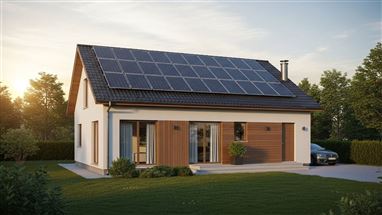
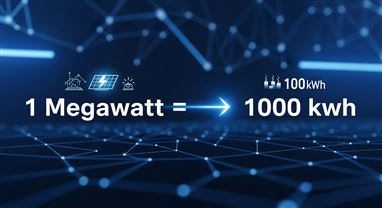
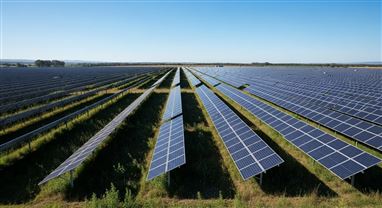
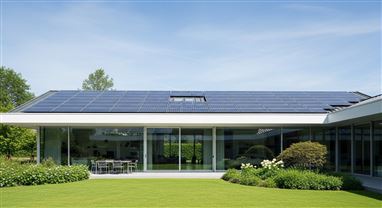
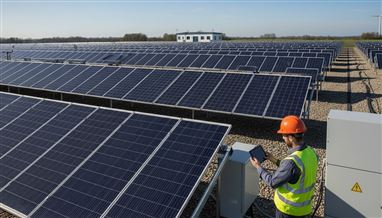

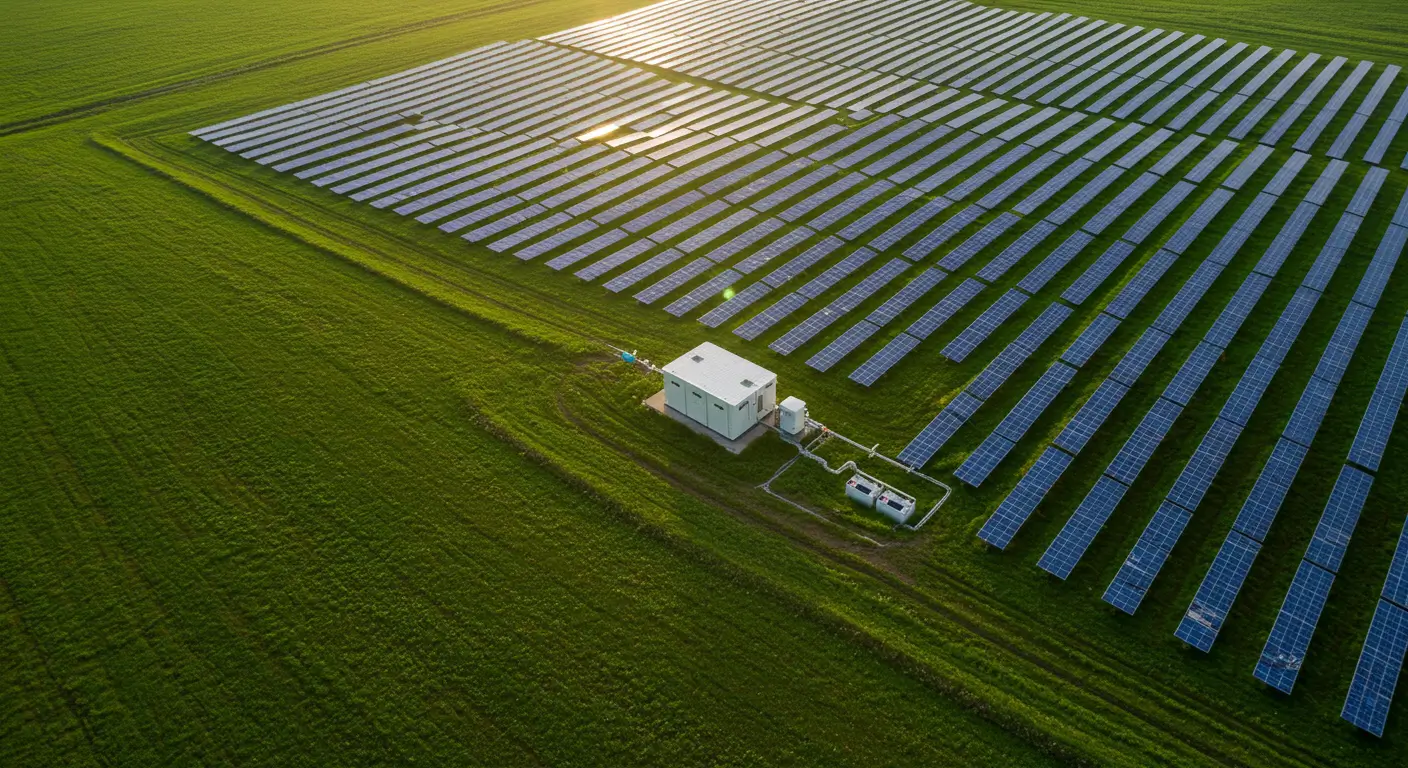

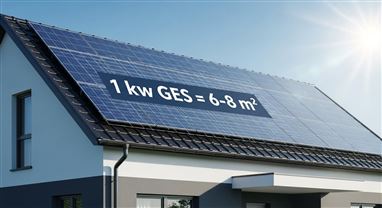
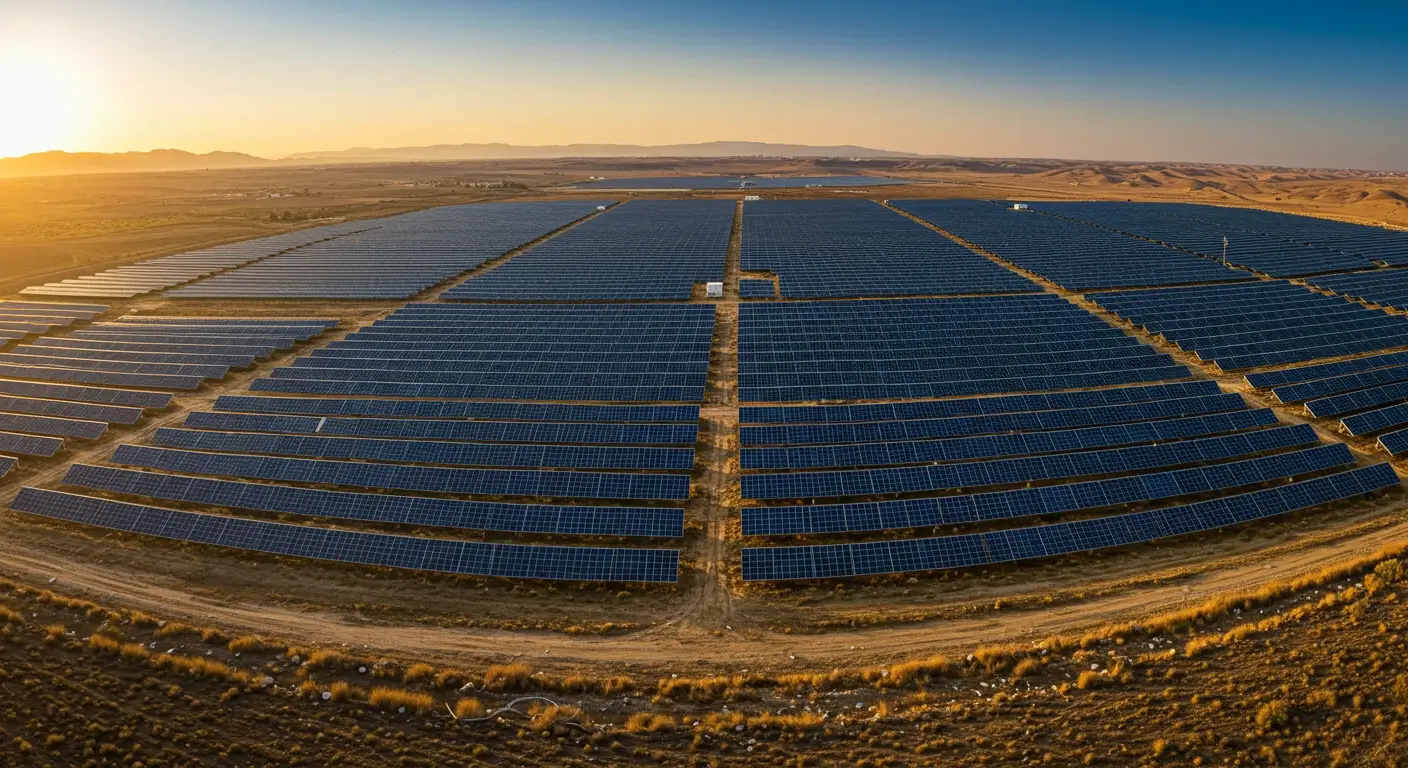
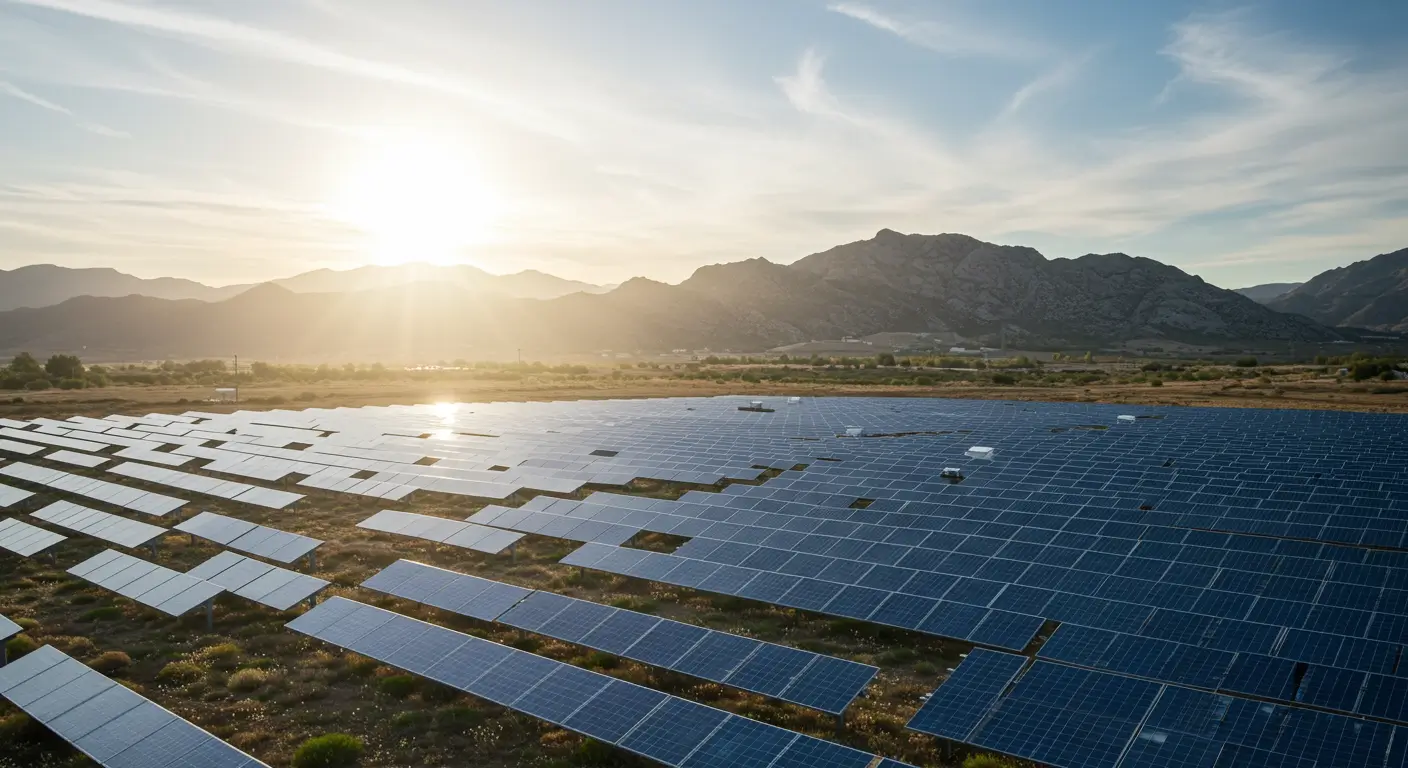
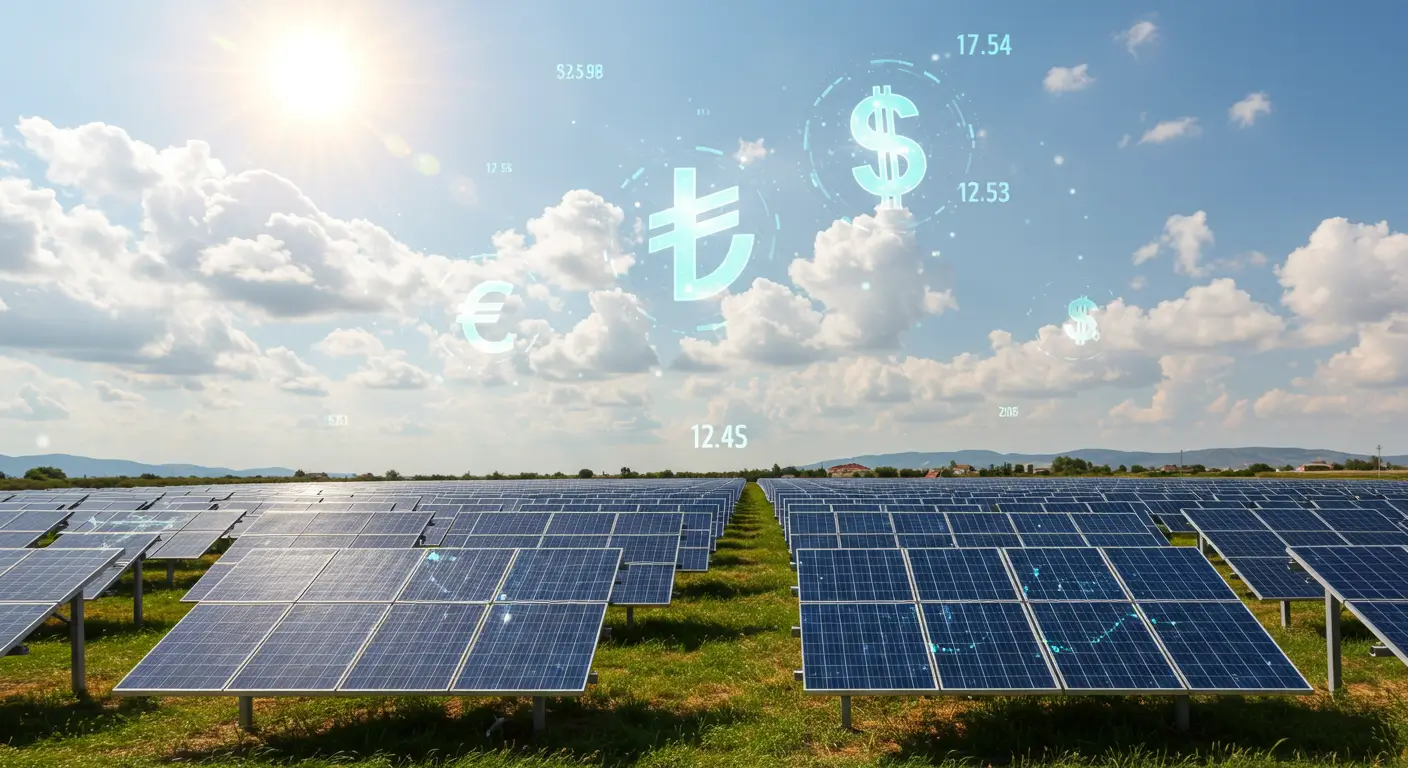
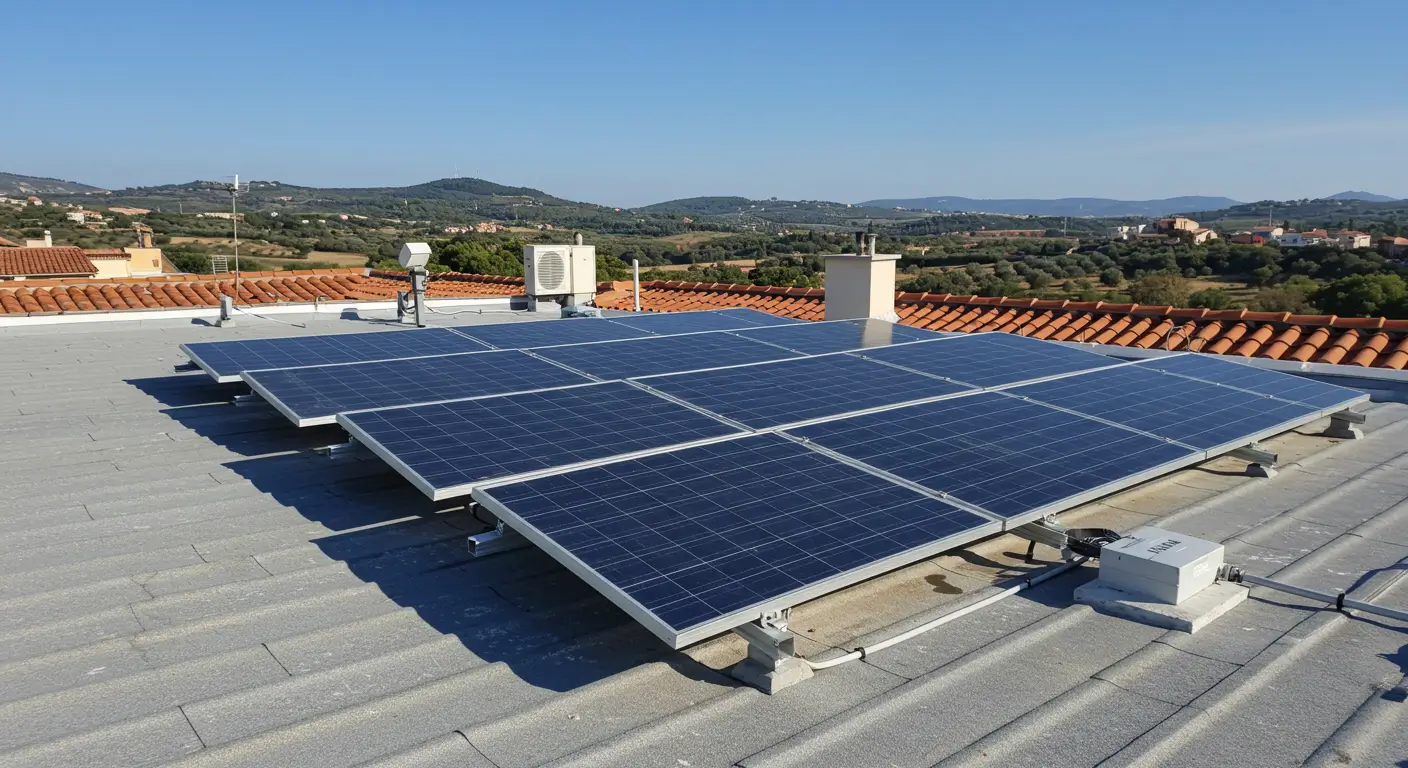
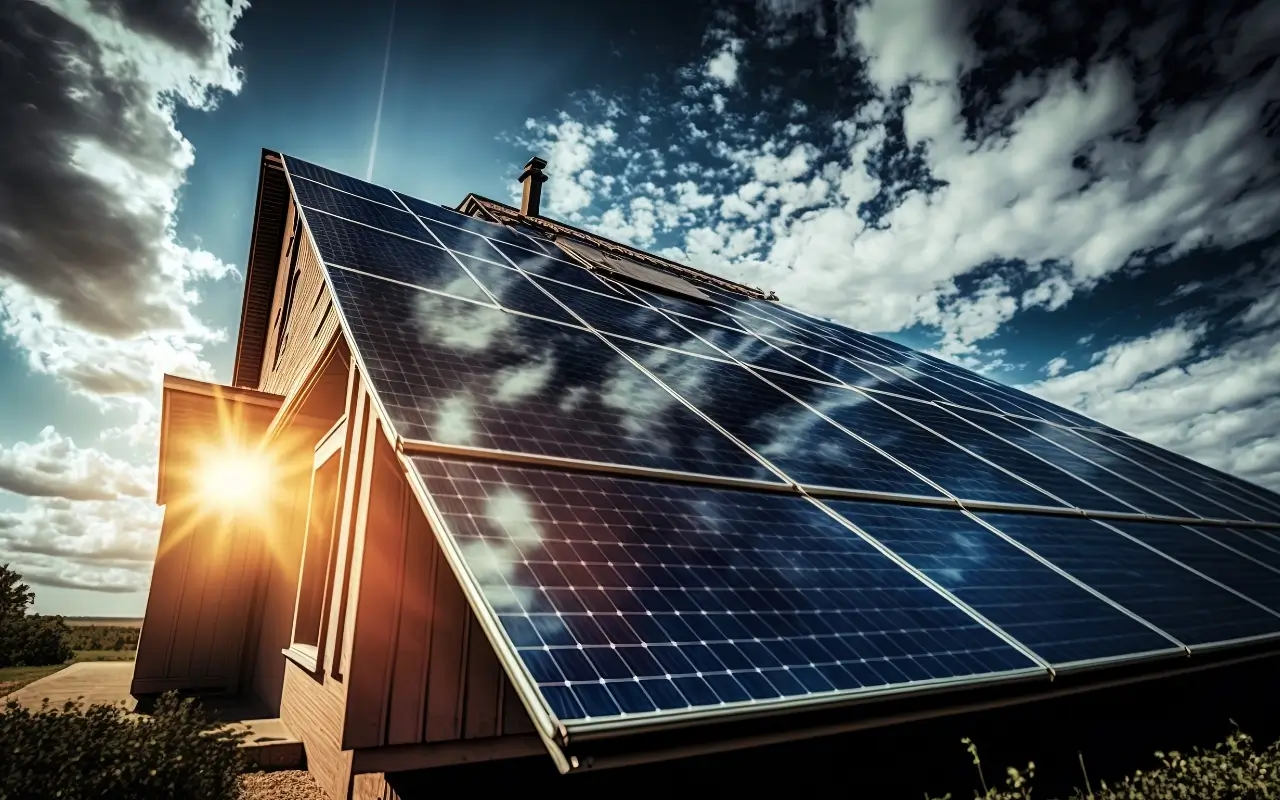
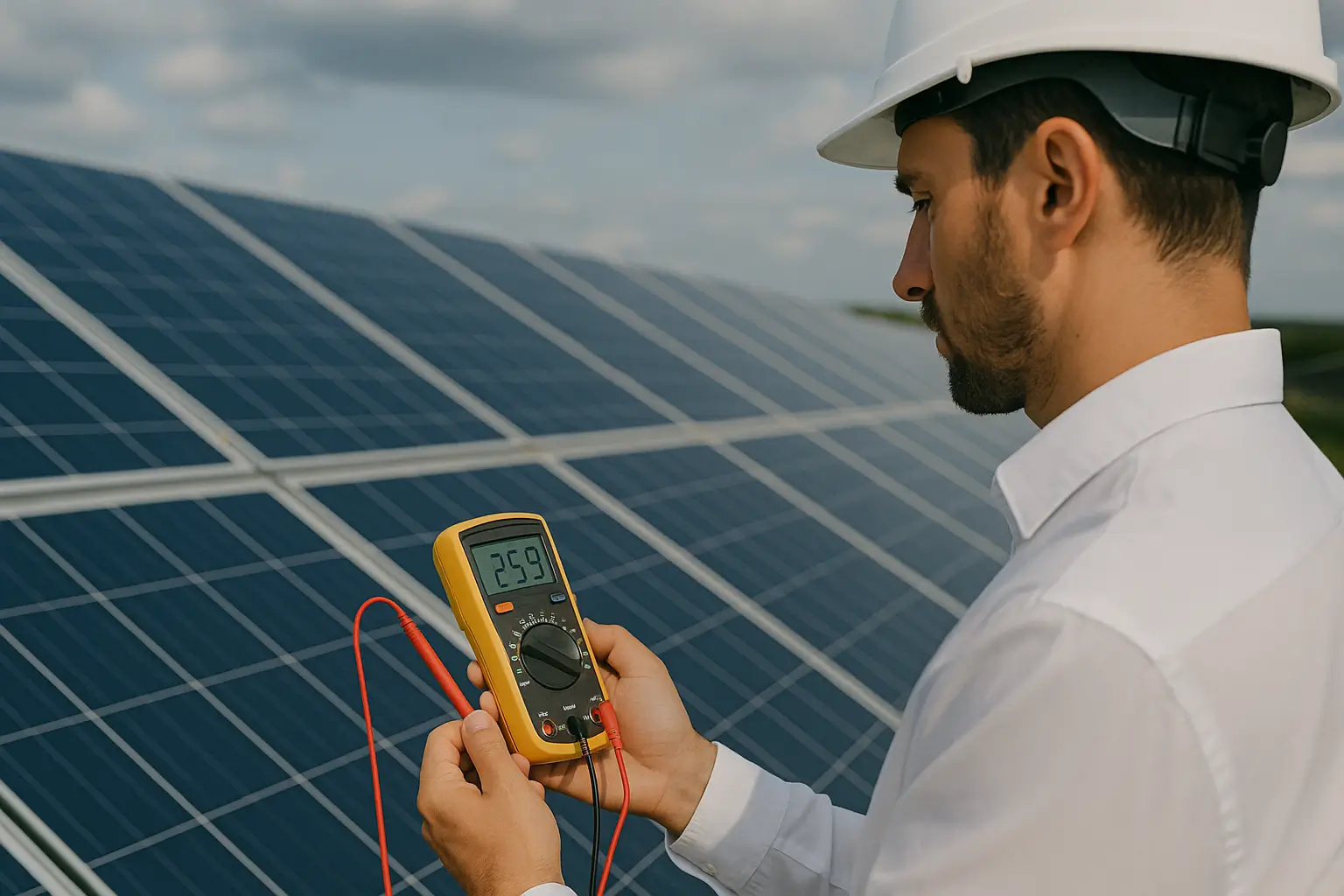
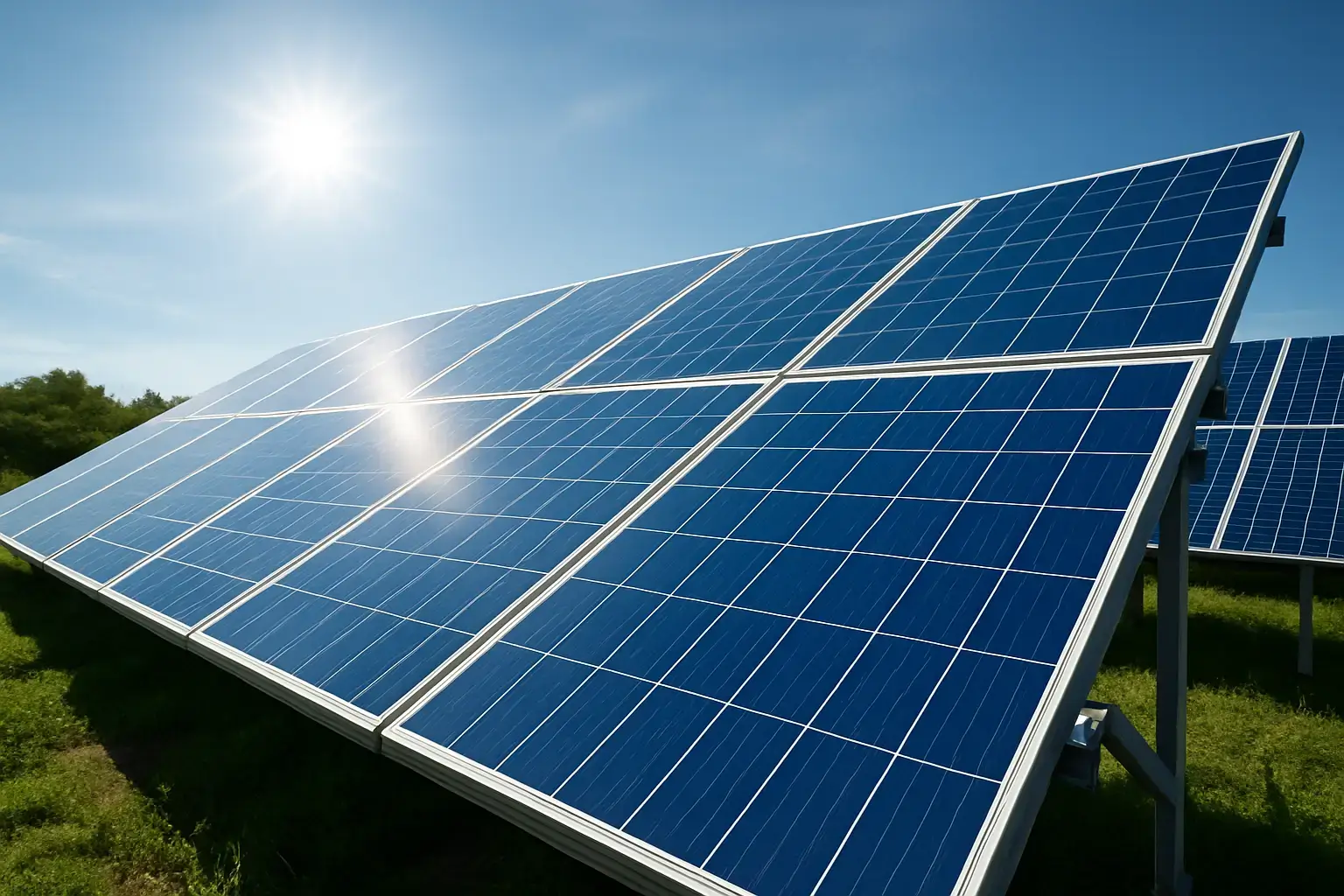
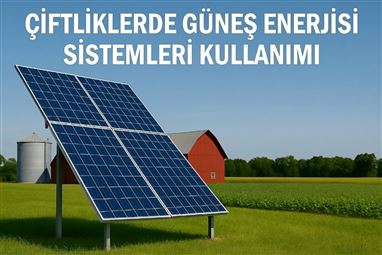
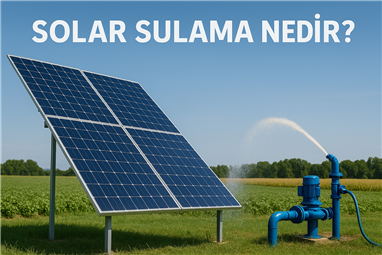
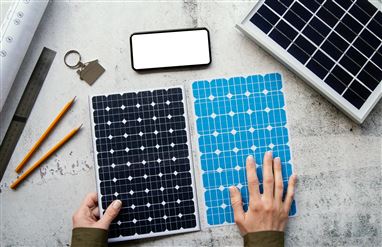

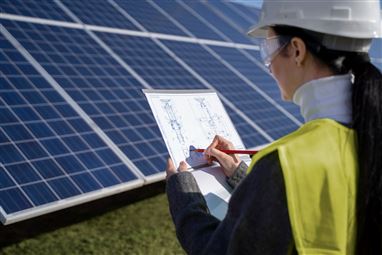
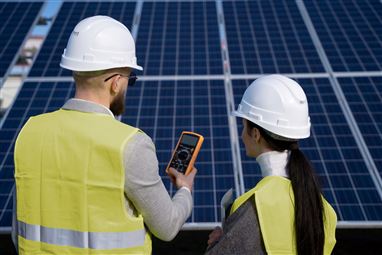

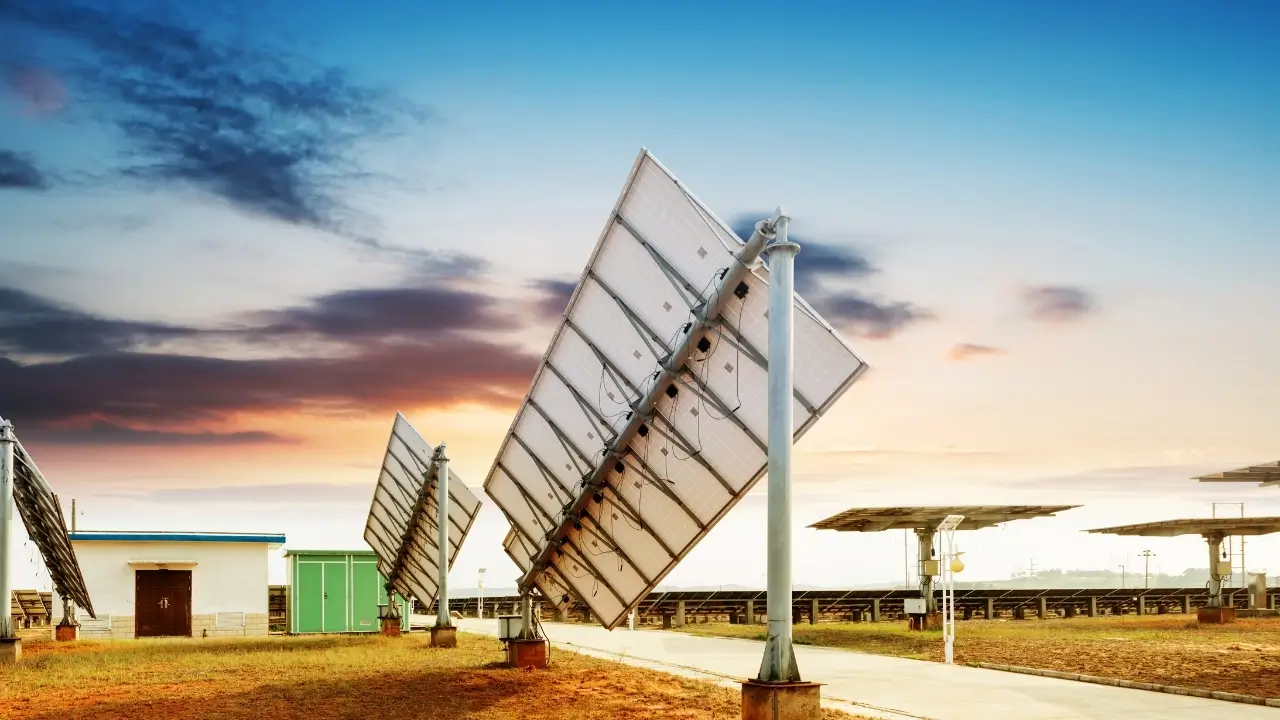
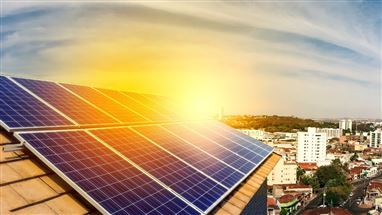
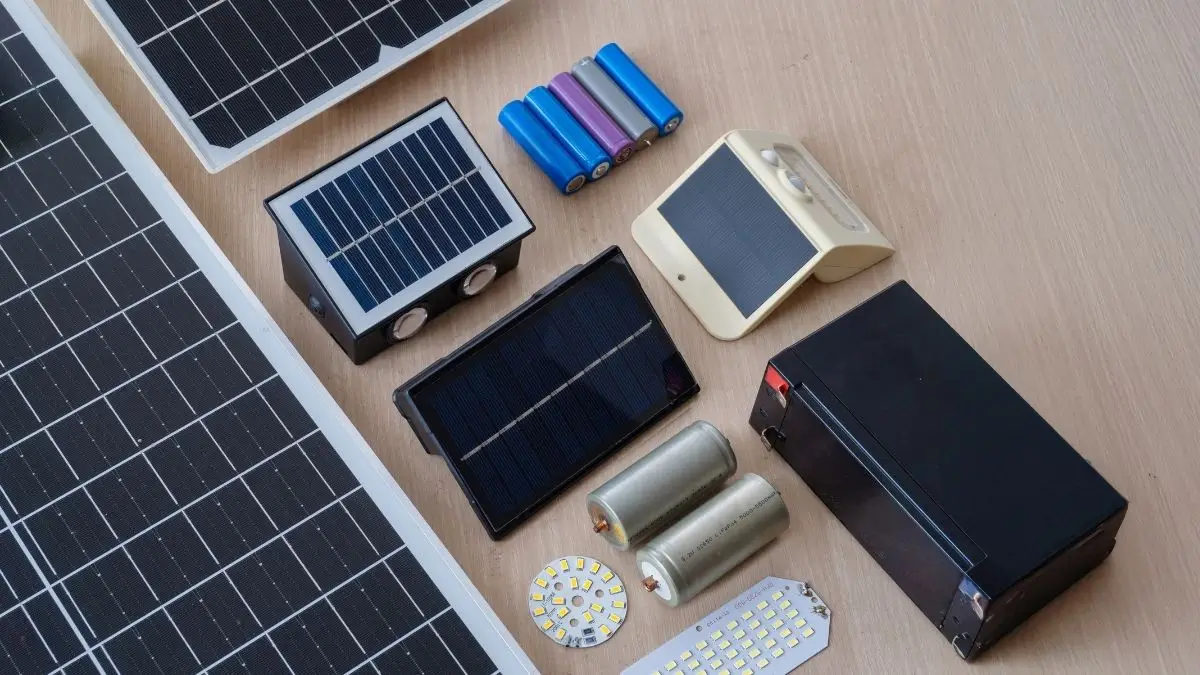
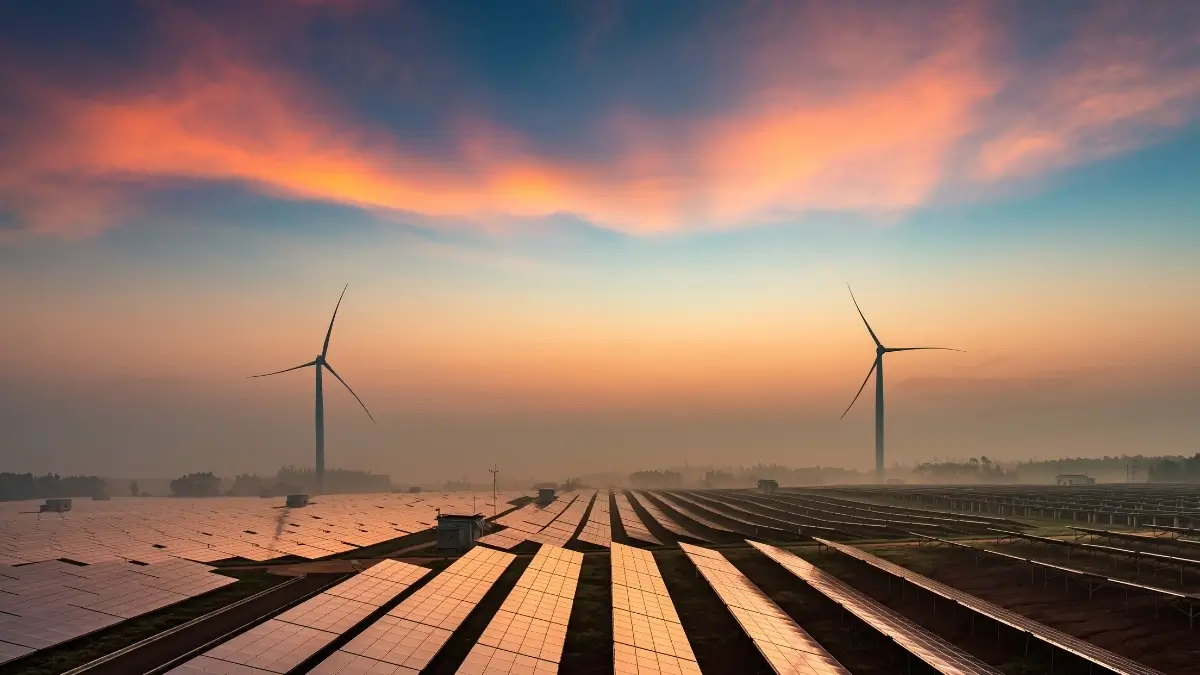
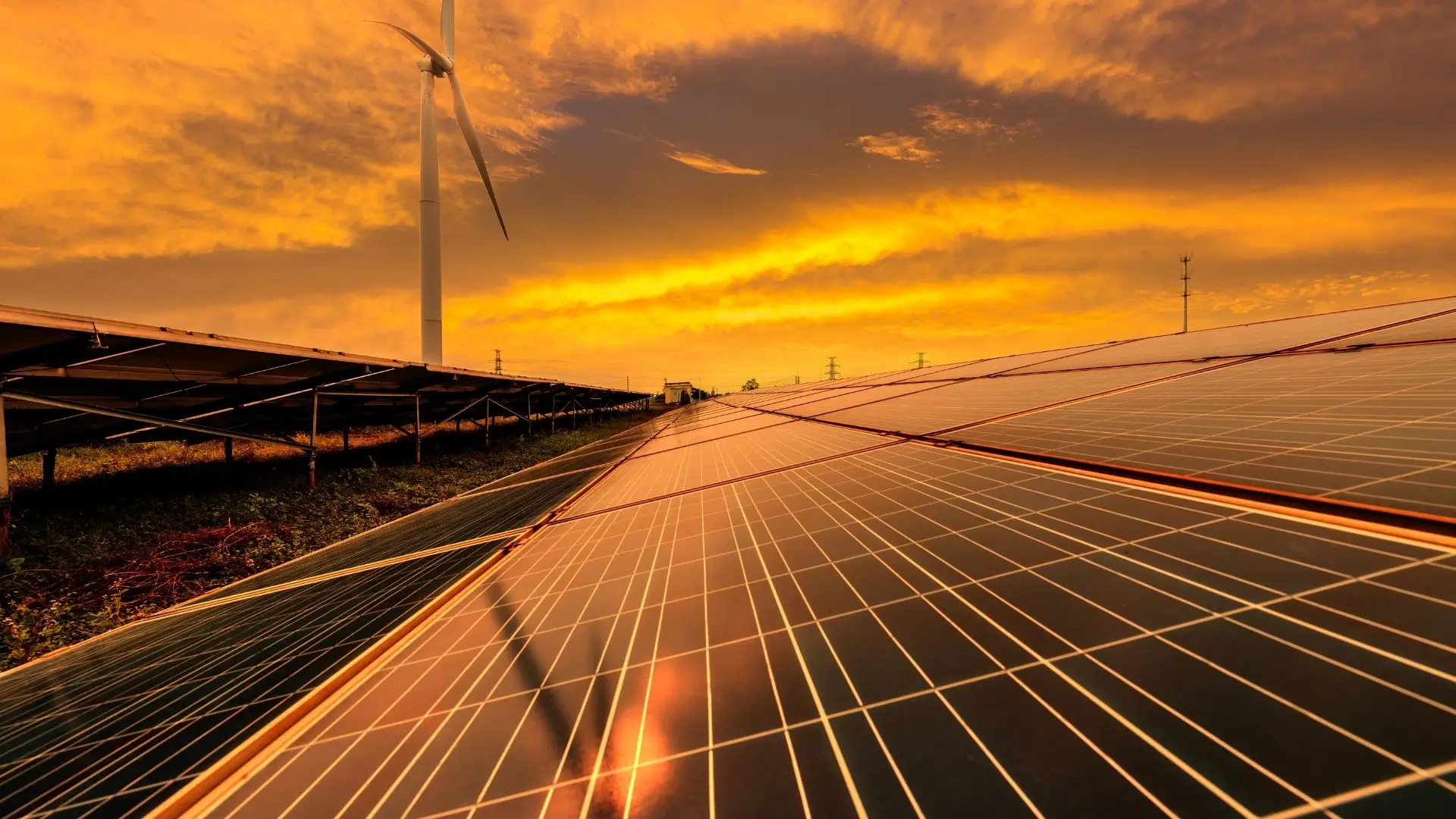
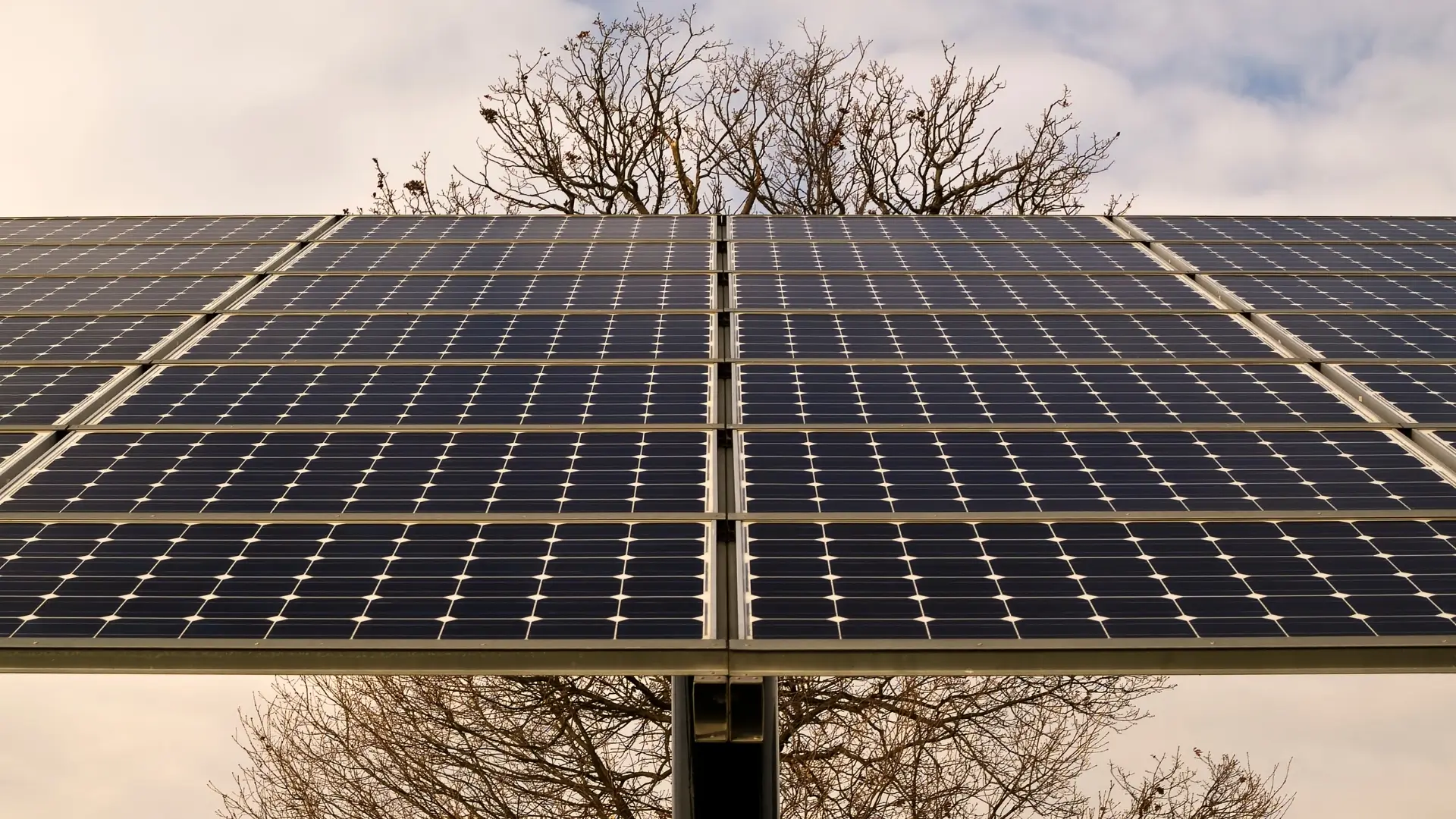
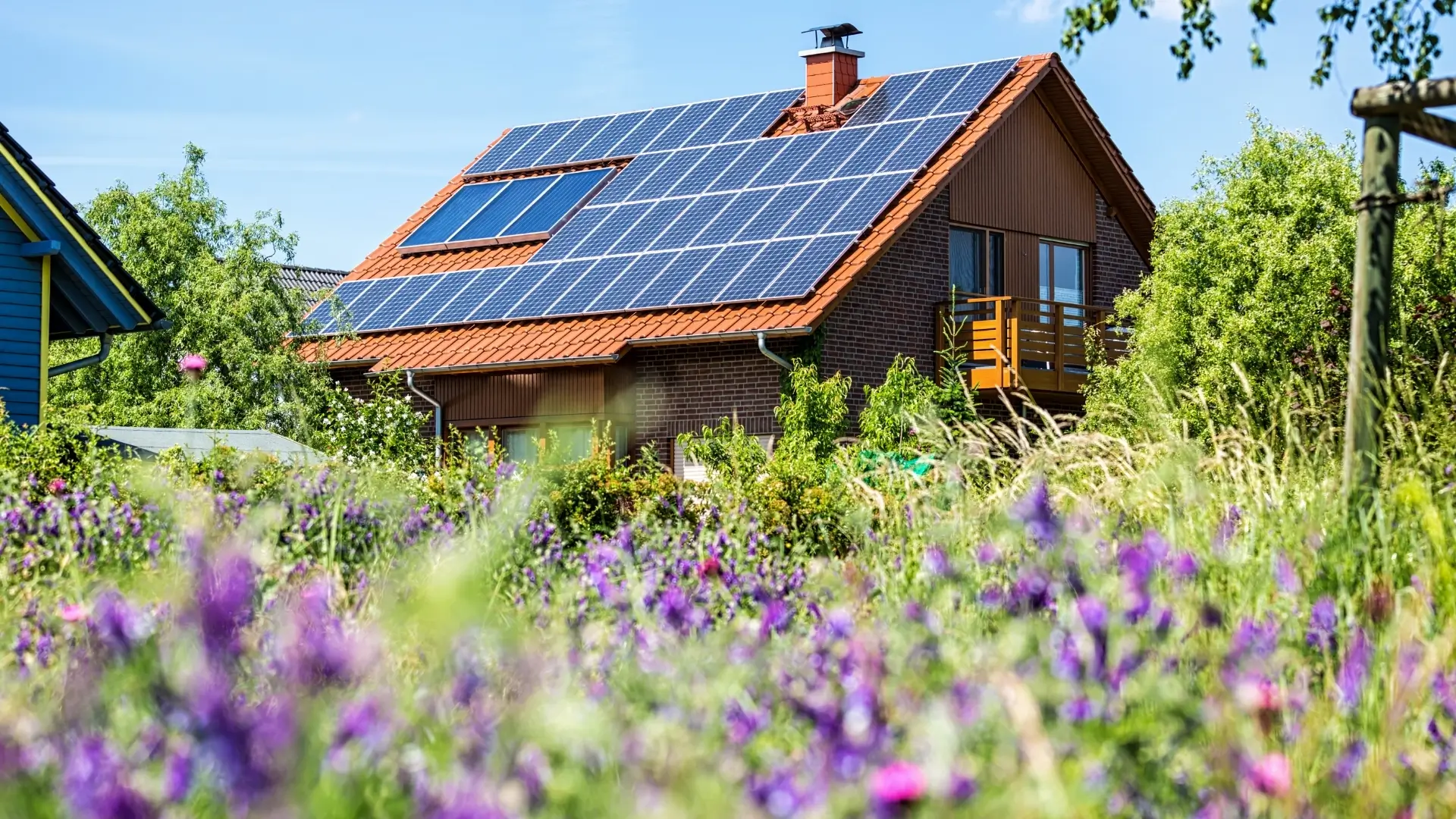
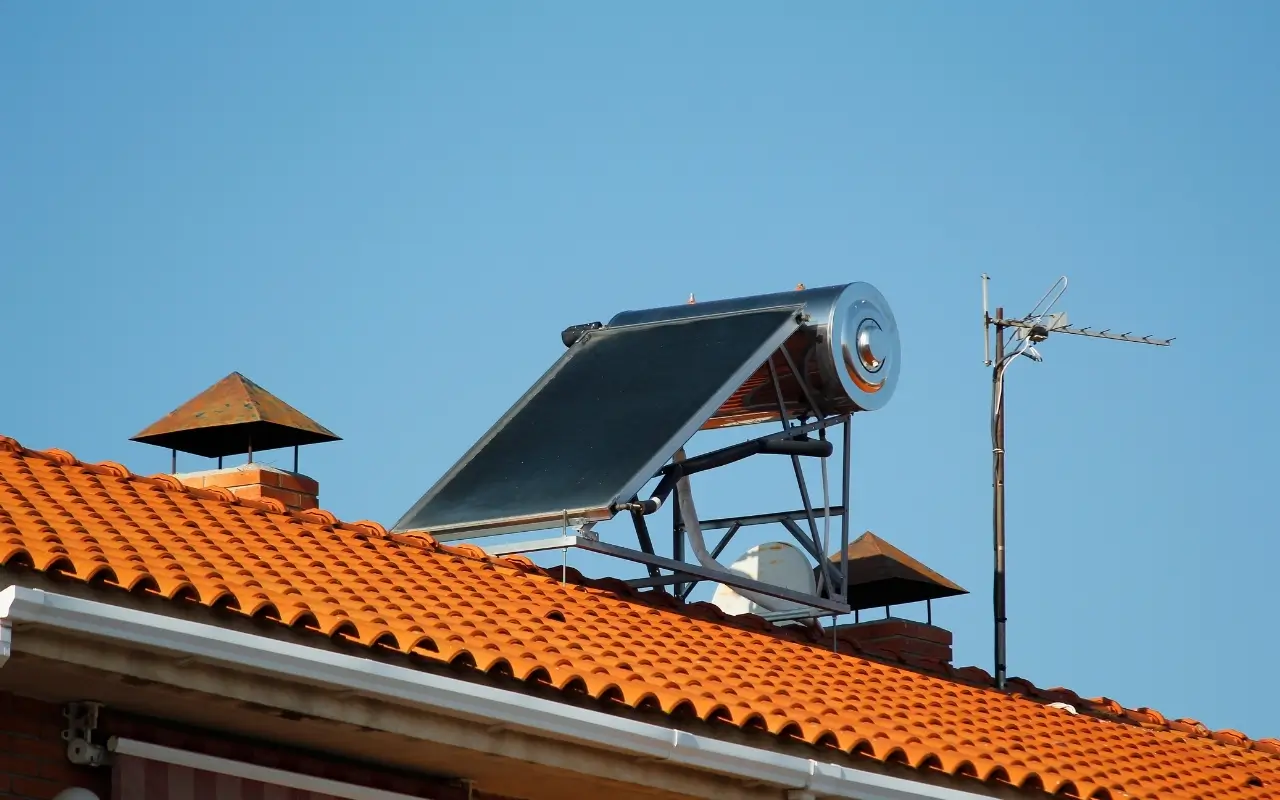
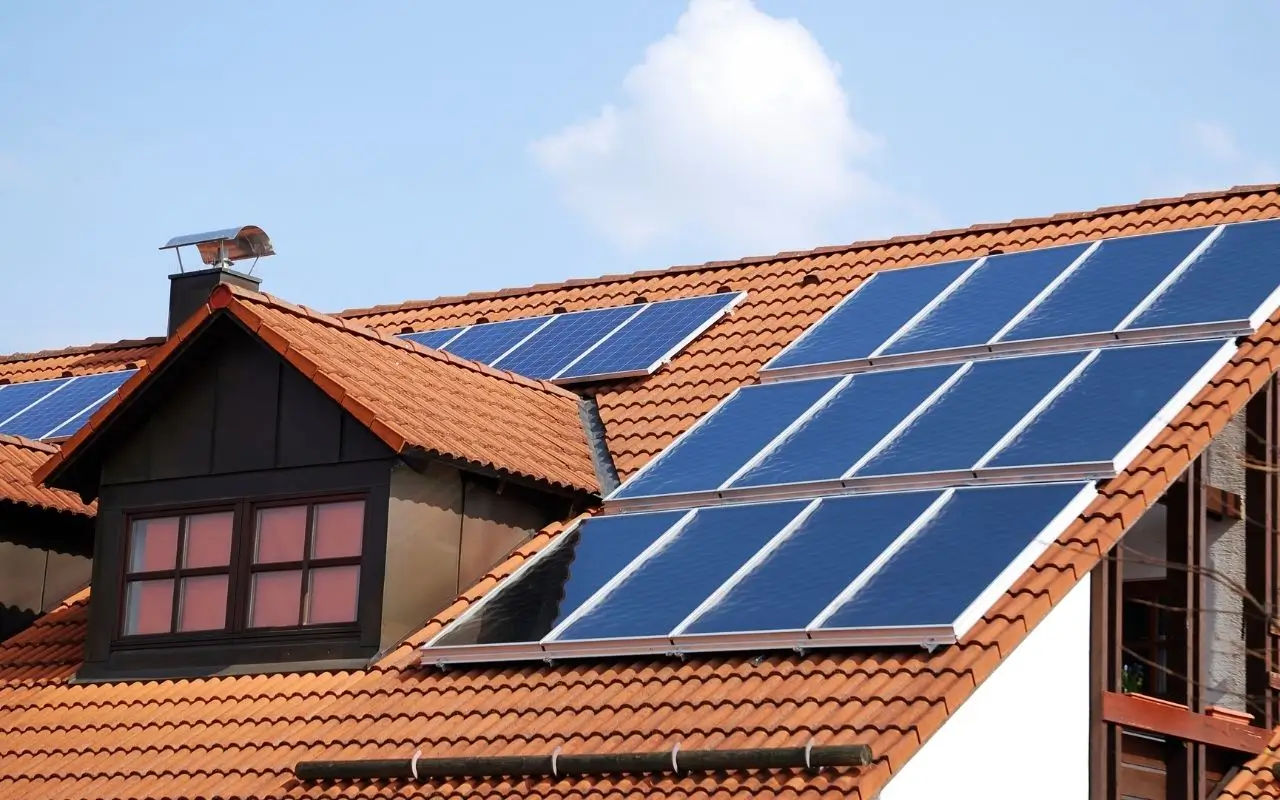
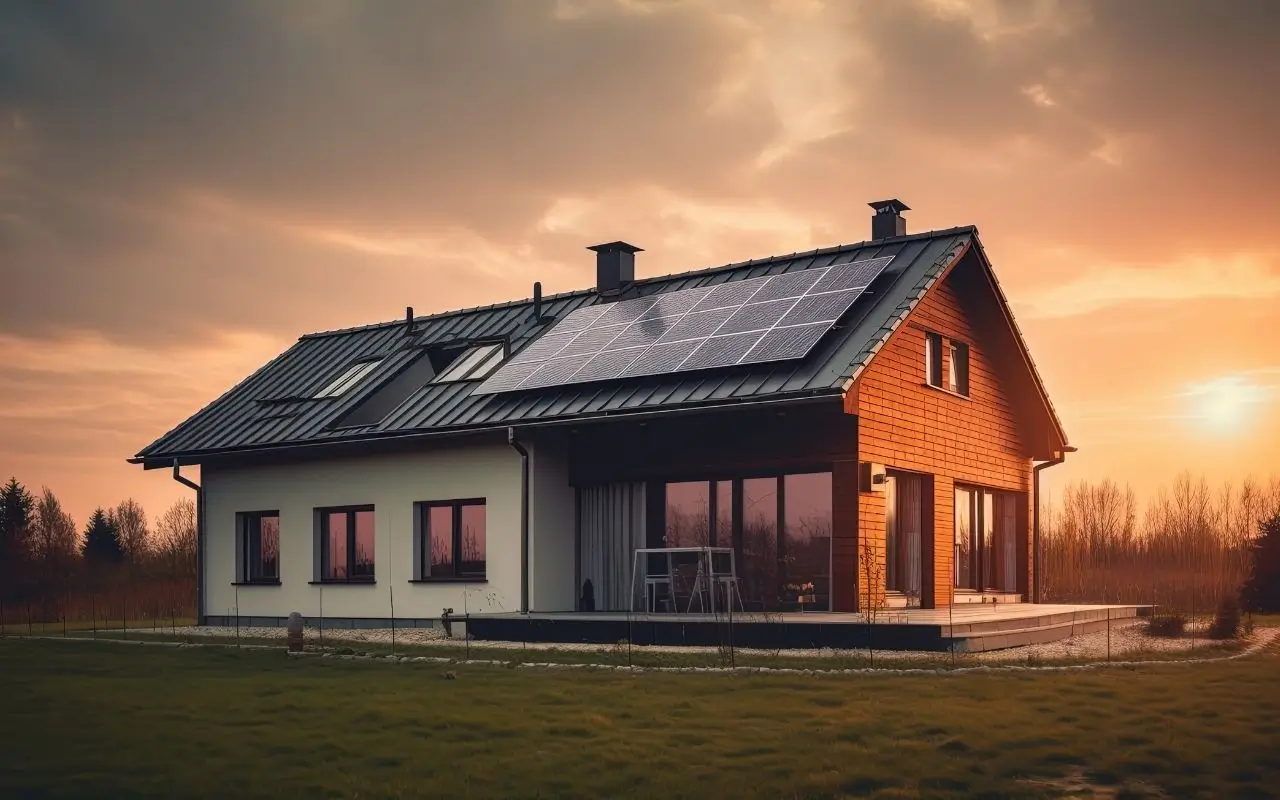
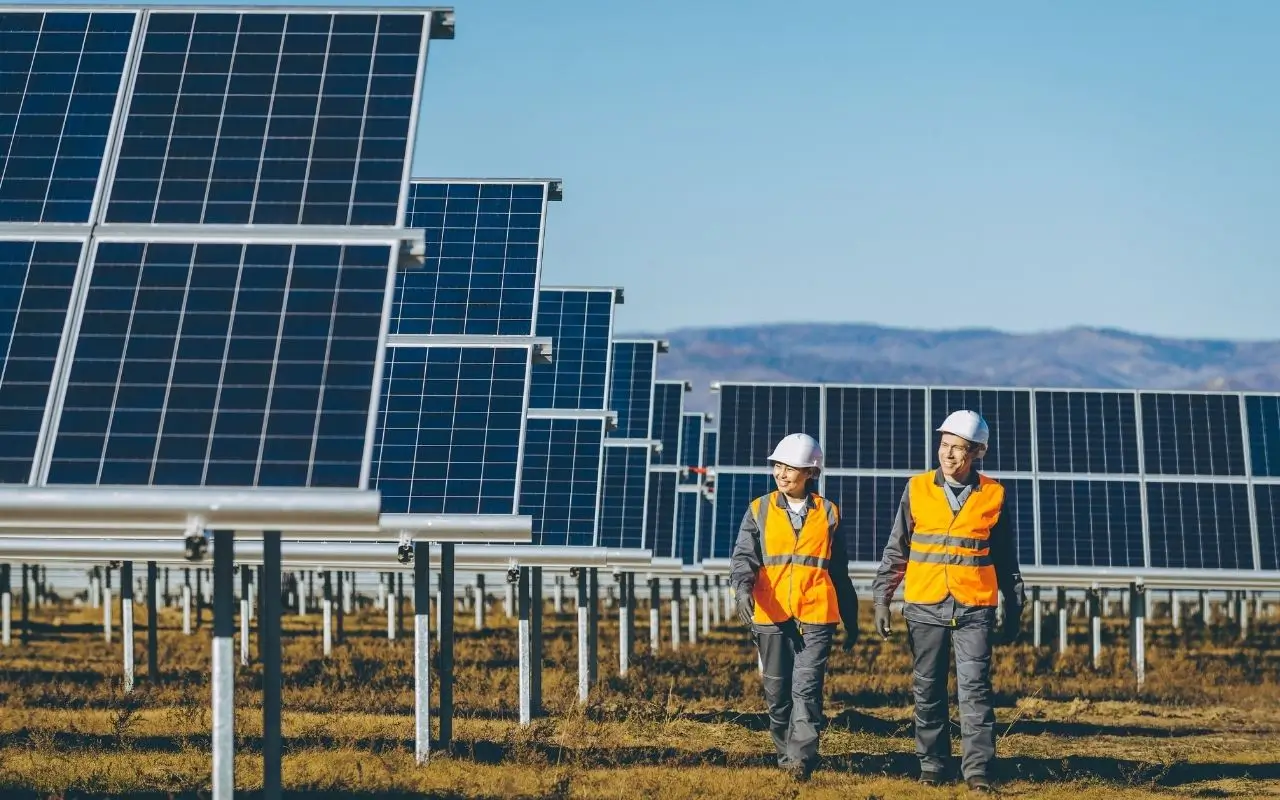
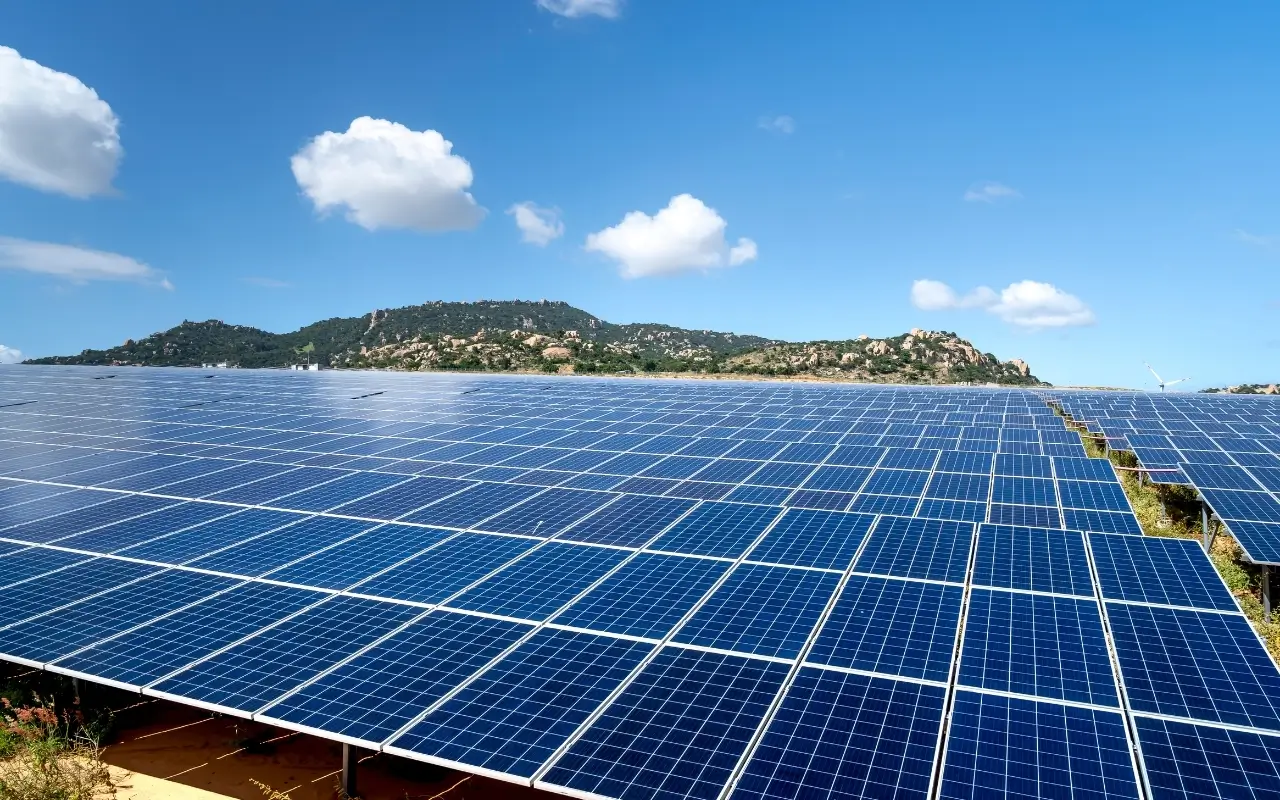
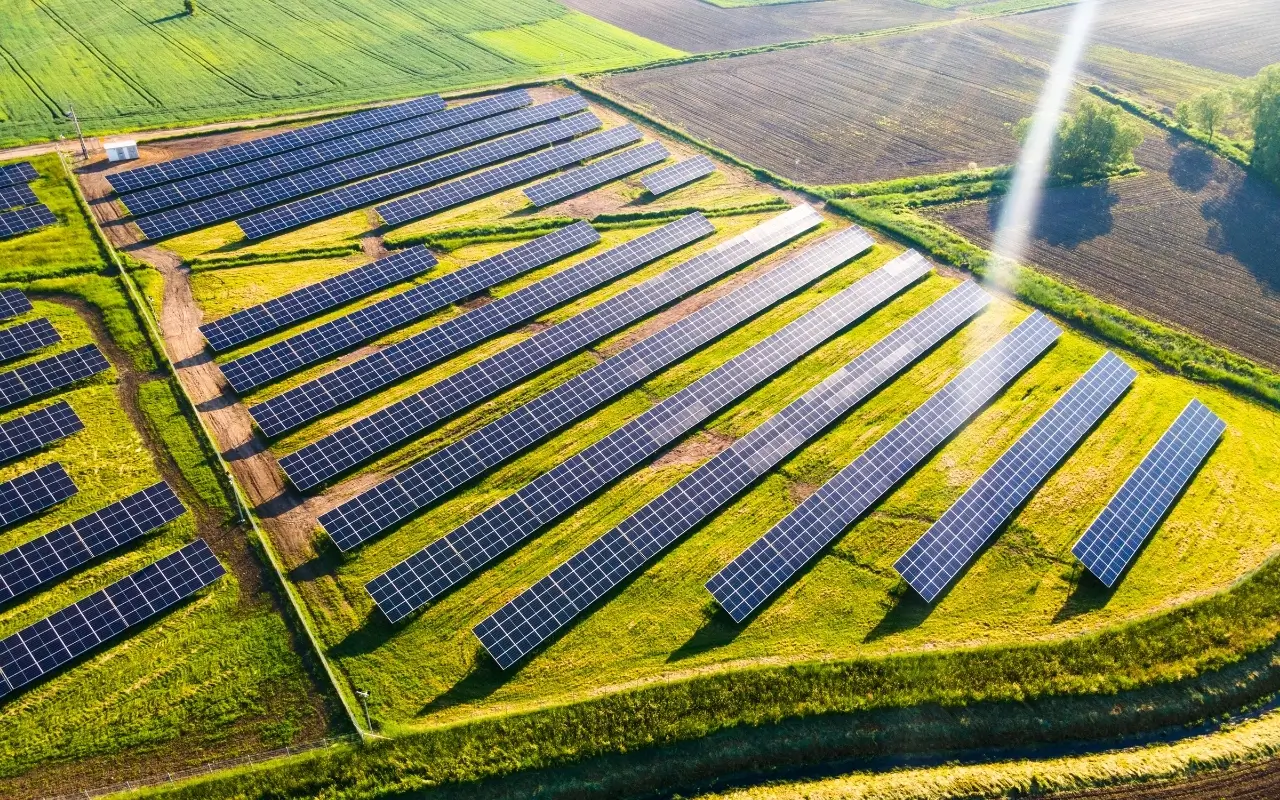
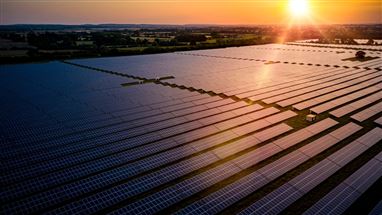
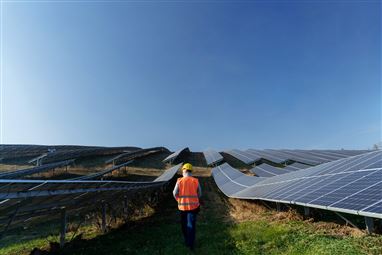
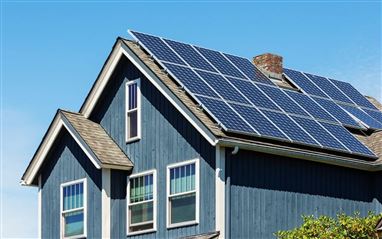
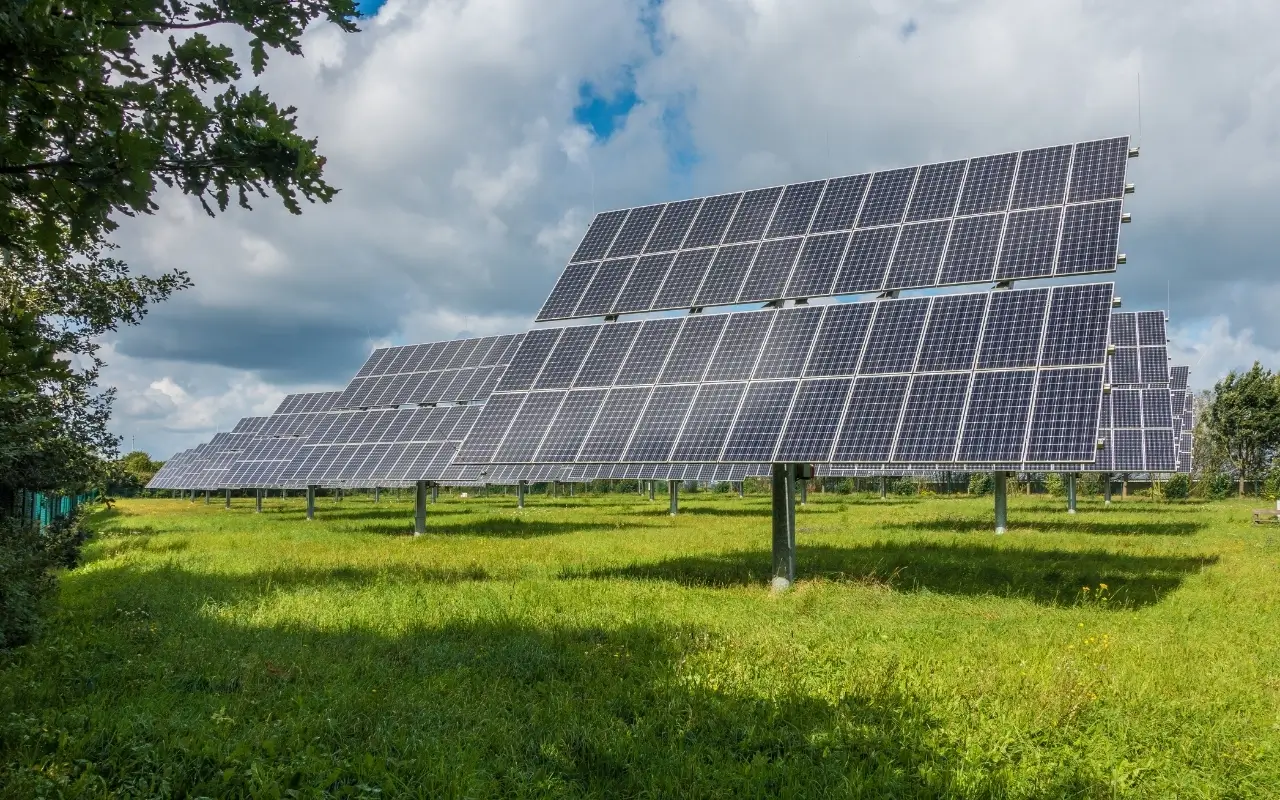
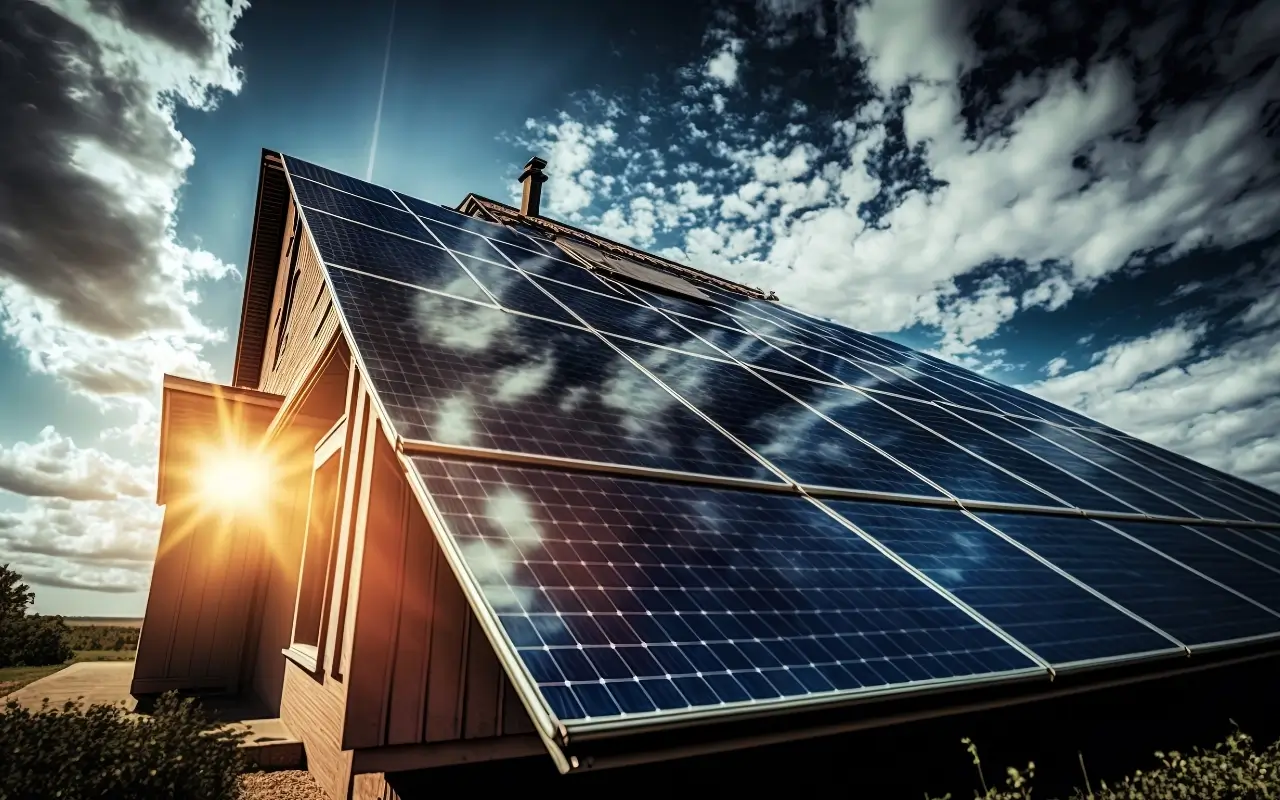
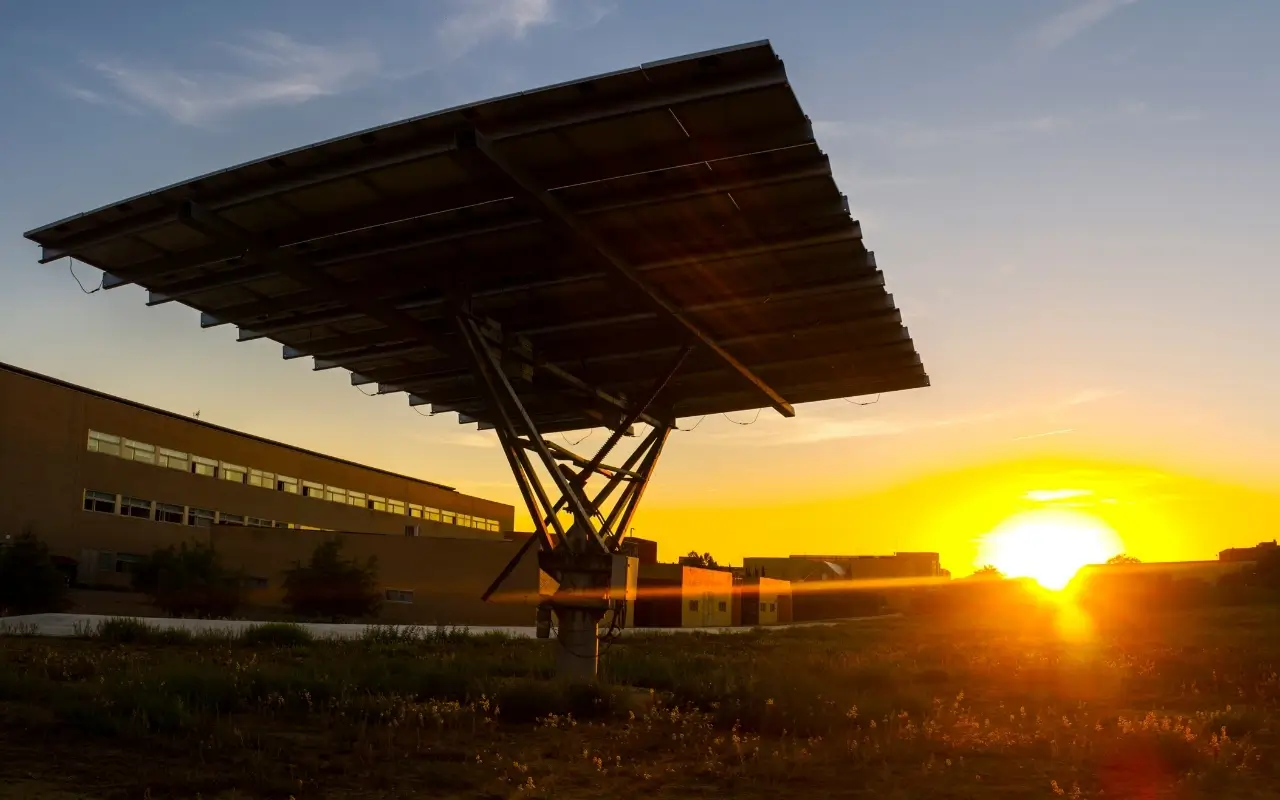
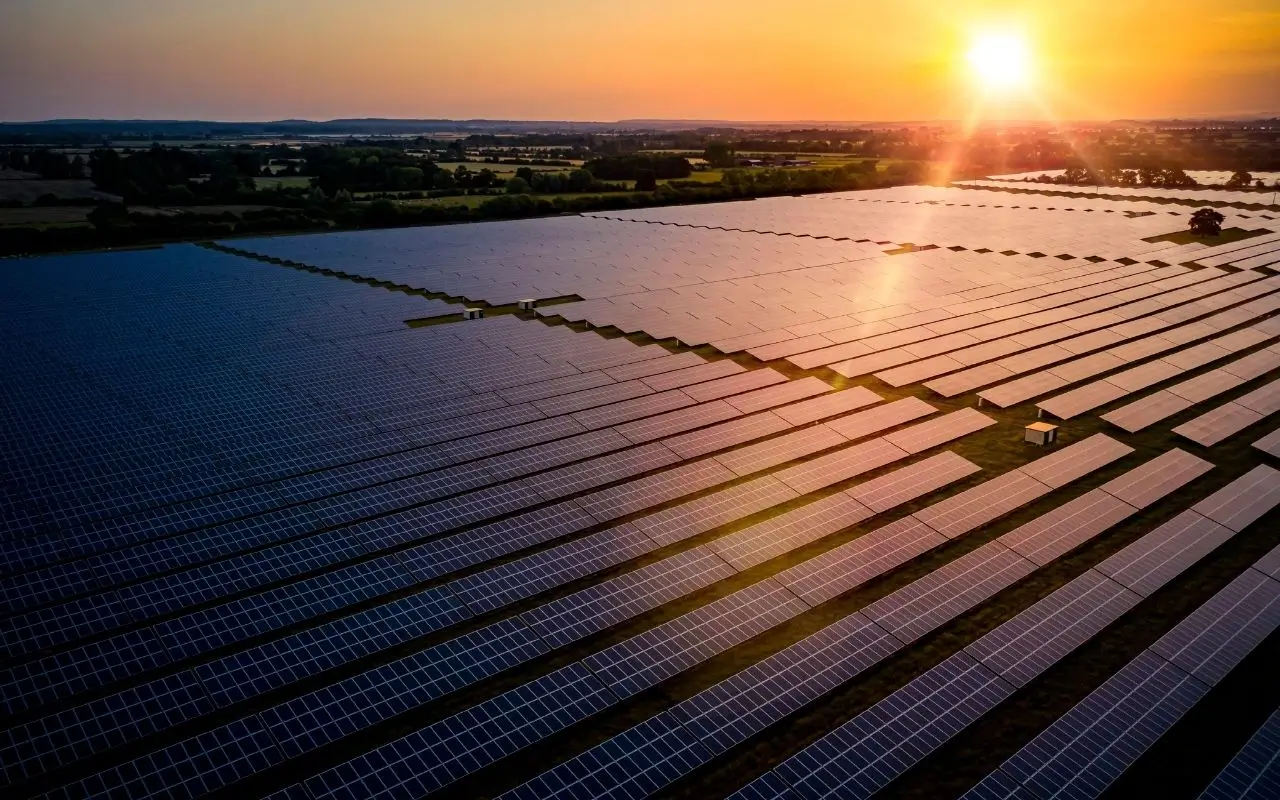
Do Comment